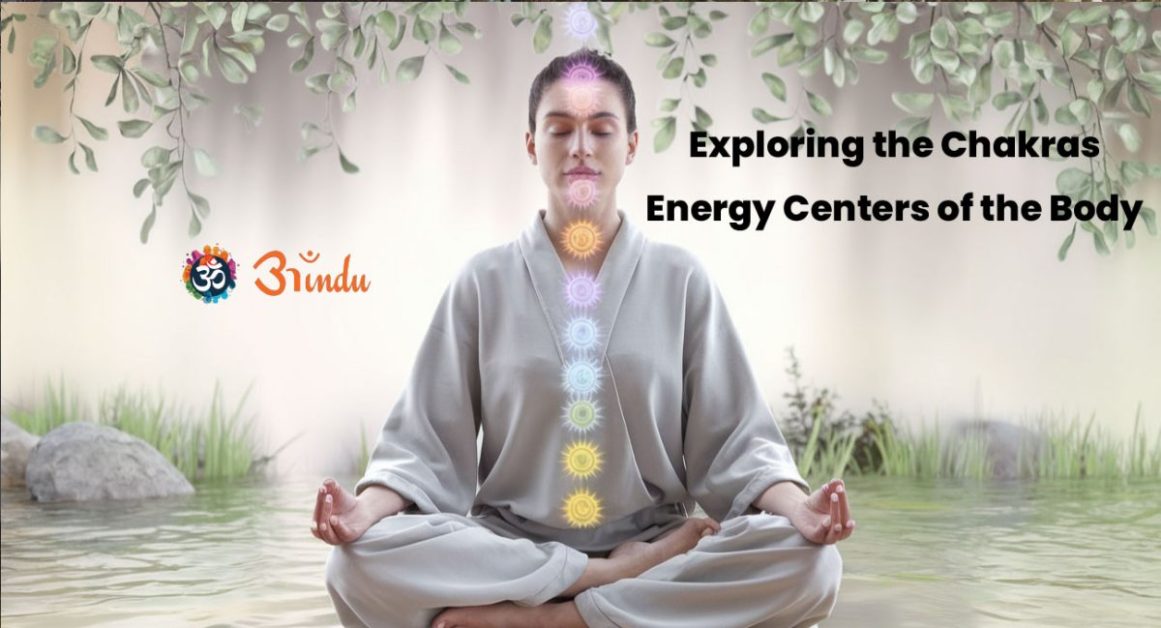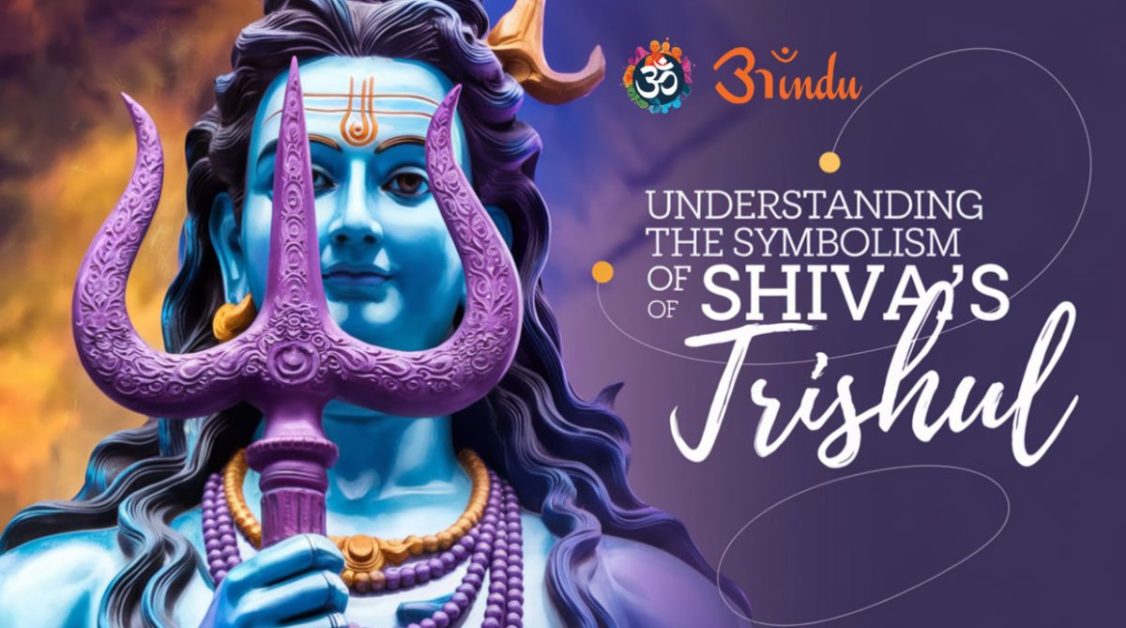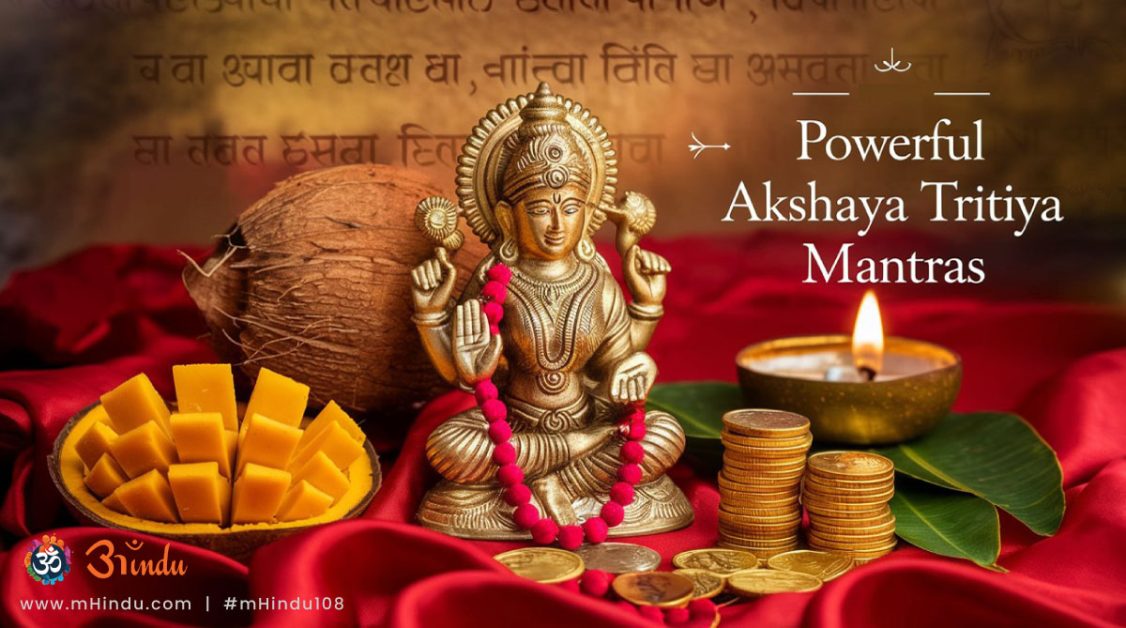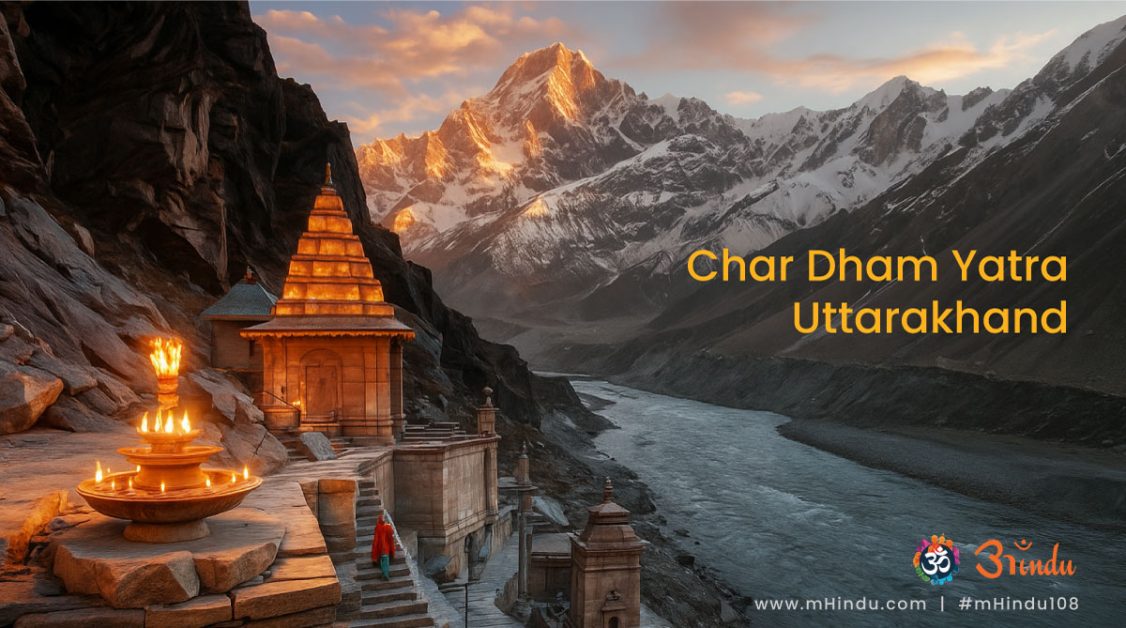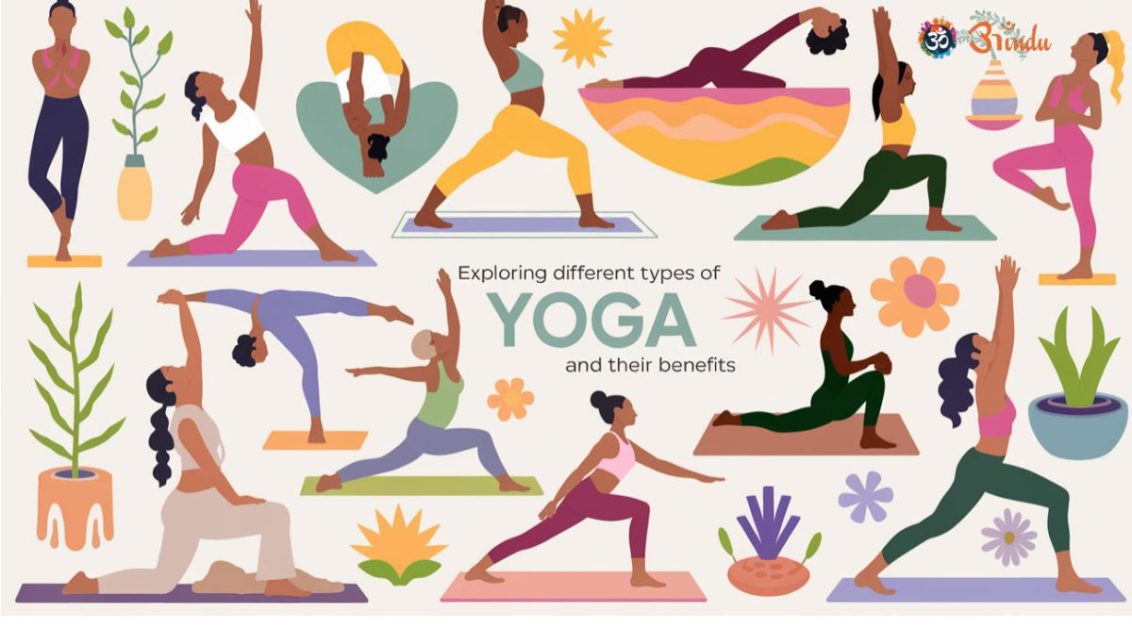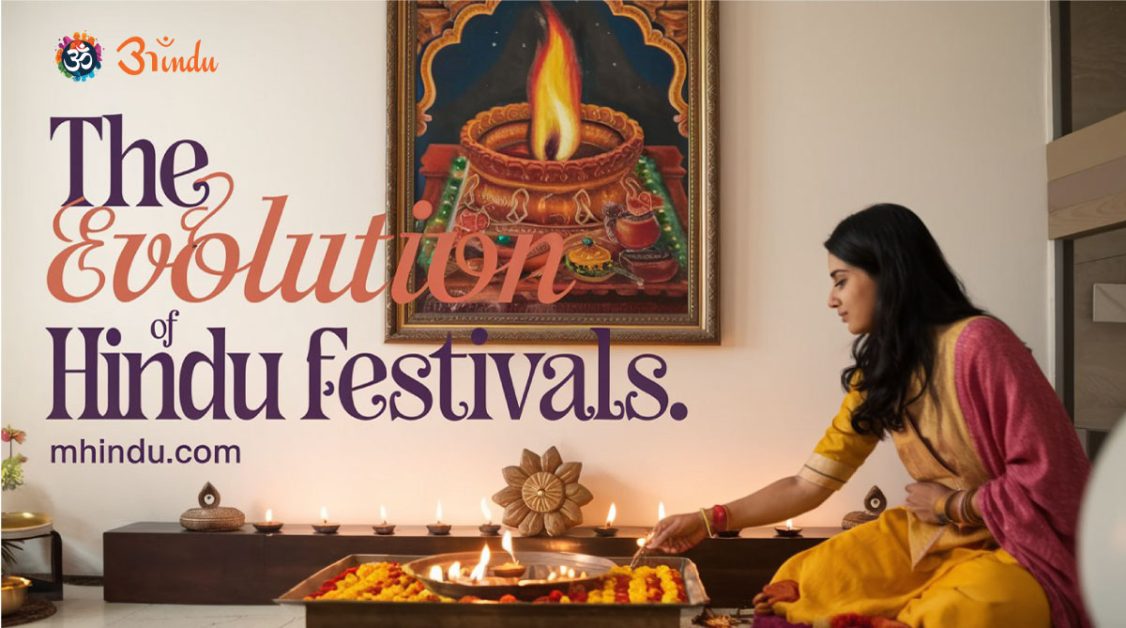
Introduction
Every year, millions across the world celebrate Diwali, Holi, Navratri, Raksha Bandhan, Makar Sankranti, and more with vibrant joy. Temples fill with chants, homes with lamps, streets with colors, and social media with hashtags.
Explore Blog Content
Toggle
Yet, beneath the surface of these joyous events lies a profound question:
How have Hindu festivals evolved from ancient times to the present day?
Today’s modern Hindu celebrations often blend ancient rituals with urban flair — puja followed by parties, mantras mixed with DJs, and fire rituals livestreamed to a global audience. But how different were things thousands of years ago?
The evolution of Hindu festivals is not just about changing customs — it’s a journey that mirrors the story of Bharat itself:
- From the Yajnas of the Vedic age
- To temple-centered Puranic celebrations
- Through colonial suppression and post-independence revival
- Into the digital, diaspora-driven rituals of today
“कालः परिवर्तनस्य कारणम्”
“Time is the cause of all transformation.”
This blog explores how Hindu festivals have retained their spiritual core, yet changed form with technology, migration, politics, and modern lifestyles.
We’ll answer real-world questions like:
- What is the history of Hindu festivals?
- How have ancient rituals adapted to urban life?
- What has been gained and lost in this cultural transition?
Let’s begin with the ancient past — where every festival was a divine act in cosmic rhythm.
The Vedic & Puranic Origins of Hindu Festivals
What is the origin of Hindu festivals? Which Hindu festivals date back to the Vedic period?
The history of Hindu festivals begins in the Vedas — the oldest scriptures in the world. In these texts, festivals were not just about celebration — they were spiritual alignments with nature and cosmic cycles.
Vedic Roots: Yajna as Celebration
- Rituals like Agnihotra, Soma Yajna, and Ashvamedha were performed on special tithis (lunar dates).
- Festivals were tied to seasonal shifts — solstices, equinoxes, eclipses, and agricultural cycles.
- Chaturmasya, the four-month monsoon observance, was among the earliest.
The early festivals emphasized:
- Dharma (duty)
- Rta (cosmic order)
- Yajna (sacrifice)
“यज्ञेन यज्ञमयजन्त देवाः” – Rigveda 10.90.16
“By sacrifice, the gods worshipped sacrifice.”
Puranic Era: Deity-Centered Celebrations
Later, during the Puranic period (~300 BCE onwards), the focus shifted from cosmic sacrifice to personal devotion (bhakti). Temples flourished, and festivals became:
- Celebrations of deity births (e.g. Janmashtami, Rama Navami)
- Commemorations of victories of dharma (e.g. Navratri, Vijayadashami)
- Seasonal festivals honoring divine nature (e.g. Holi, Pongal, Basant Panchami)
Each traditional Hindu festival practice had:
- A specific tithi
- Mantras from Kalpa or Agama texts
- Deity-specific rituals and local legends
What is the origin of Hindu festivals?
Hindu festivals originated in the Vedic age as seasonal and cosmic observances, focused on yajna and natural harmony. They evolved during the Puranic period into devotional celebrations centered around deities and mythic stories.
Which Hindu festivals date back to the Vedic period?
Festivals like Makar Sankranti, Chaturmasya, Ashvamedha Mahotsav, and seasonal observances of Ritus (spring, monsoon, harvest) date back to the Vedic era. Others like Diwali and Holi developed more fully in the Puranic era.
Traditional Hindu Festival Practices in Ancient Bharat
How were Hindu festivals traditionally celebrated? What role did community and dharma play in ancient festivals?
In ancient Bharat, festivals were not optional holidays — they were community rituals of purification, remembrance, and recommitment to dharma.
Every village had:
- A grama devata (village deity)
- A seasonal calendar managed by Brahmins and elders
- Public yajnas, bhajans, annadanam, and folk performances
Key Features of Traditional Celebrations:
- Collective Dharma: Everyone contributed — by cooking, singing, decorating, or offering.
- Scriptural Timing: Each ritual was aligned with Panchang (Hindu calendar) and muhurta.
- No Commercialism: Festivals were free of market pressure — they were about shraddha (faith), not fireworks.
“उत्सवो धर्मस्य चिह्नं।”
“Festival is a mark of dharma.”
Examples:
- Navratri included Durga Saptashati parayanam, not just dance.
- Diwali included Govardhan Puja, Padwa, and Yama Deepdan — not just crackers.
- Holi was linked to Holika Dahan and Bhakti of Prahlad — not just color-throwing.
How were Hindu festivals traditionally celebrated?
They were celebrated with community yajnas, temple rituals, folk arts, and charity. Each celebration reinforced dharma, unity, and connection with nature — not consumerism or social media.
What role did dharma play in ancient festivals?
Dharma was central. Every ritual, from lamp lighting to prasad sharing, had a spiritual purpose — to align personal actions with cosmic principles, ancestral gratitude, and social harmony.
Colonial & Post-Independence Influence on Hindu Festivals
How did British colonialism affect Hindu festivals? How were Hindu festivals revived after independence?
The evolution of Hindu festivals took a sharp turn during the colonial era. The British Raj, with its agenda of control and conversion, viewed large religious gatherings as potential threats. Festivals were either suppressed, repurposed, or quietly discouraged.
Suppression Under Colonial Rule
- Public processions and gatherings during Ganesh Chaturthi, Dussehra, and Muharram were monitored or banned.
- Temple grants were cut, and land donations for religious events were discouraged.
- Many rituals were branded as “superstition,” eroding their social value and scriptural context.
The Rise of Political Festivals
Leaders like Bal Gangadhar Tilak turned the tide by using Ganesh Chaturthi as a tool for national awakening. He made it a community celebration — uniting people against colonial rule.
Post-independence, festivals became:
- A tool for social unity
- A way to reclaim identity
- A revival of regional and scriptural traditions
“उत्सवो भारतस्य आत्मा अस्ति।”
“Festival is the soul of Bharat.”
The government began promoting regional festivals like:
- Onam in Kerala
- Bihu in Assam
- Durga Puja in Bengal
- Navratri and Diwali at national scale
How did British colonialism affect Hindu festivals?
Colonial rule suppressed public Hindu celebrations, discouraged temple patronage, and labeled rituals as backward. However, this resistance sparked a cultural revival and nationalistic use of festivals.
How were Hindu festivals revived after independence?
Post-1947, festivals were re-contextualized as national heritage. Leaders, scholars, and temple trusts worked to restore Vedic rituals, promote state-level celebrations, and support traditional arts connected to festivals.
Modern Hindu Celebrations — Urban, Digital & Global
How are Hindu festivals celebrated in modern times? How have traditional practices changed in urban areas?
In today’s world, Hindu festivals have taken on new forms — shaped by global migration, urban life, digital tools, and media influence.
Urban Shifts
- In cities, pujas are shorter, mantras read from apps, and rituals often outsourced to priests-on-call.
- Spaces are smaller. Time is shorter. But faith still lives on.
Examples:
- Grihastha homes do quick pujas on Zoom
- Housing societies organize eco-Ganesh idols
- Durga Puja pandals are livestreamed
- Holi parties are DJ-led, with organic colors replacing chemical dyes
Diaspora Adaptation
Across the USA, UK, UAE, Canada, and Australia:
- Temples hold multi-lingual katha sessions
- Community centers teach rangoli, diya painting, garba
- E-pujas and online darshan connect global Hindus
What was once local is now global, thanks to the evolution of Hindu festivals.
Tech + Faith = Hybrid Dharma
- Festival reminders via WhatsApp
- Astrology apps showing tithi & muhurta
- YouTube channels teaching rituals
- Instagram reels spreading bhakti to Gen Z
The essence remains — but the medium has changed.
How are Hindu festivals celebrated in modern times?
Today’s celebrations are a mix of traditional rituals, community events, and digital experiences. From eco-friendly Ganeshas to livestreamed aartis, they reflect both continuity and change.
How have traditional practices changed in urban areas?
Urban life has compressed rituals due to space, time, and lifestyle. But technology has helped sustain tradition through apps, social events, and temple automation.
What We Lost, What We Gained — Reflecting on the Transition
Have Hindu festivals lost their spiritual meaning? How can we balance tradition with modernity during festivals?
As we journey from yajnas of the Rigveda to reels on Diwali, it’s important to ask — What have we retained, and what have we lost in this evolution of Hindu festivals?
What We May Be Losing:
- Depth Over Decoration
In many urban settings, rituals are reduced to symbolic gestures. We light diyas but may not understand the story of Narakasura or Yama Deepdan. - Community Bhakti
The spirit of seva, annadanam, and collective parayanam is diluted in high-rise flats and gated communities. - Scriptural Connection
Younger generations often know festival forms but not their meanings. The Shakti of Navratri, the karma of Raksha Bandhan, or the moksha themes in Makar Sankranti may be forgotten.
What We’ve Gained:
- Global Celebration of Sanatan Dharma
From Times Square Diwali to online Gita chanting contests, the reach of Hindu festivals has expanded beyond borders. - Eco-Awareness
Festivals have adapted with eco-friendly practices, like clay Ganeshas, chemical-free Holi, and plastic-free rangoli. - Inclusivity & Accessibility
Festivals today involve not only Brahmins and elders, but also women, children, non-residents, and converts — all engaging in their own way.
“धर्मो जीवति यत्र उत्सवः जीवति।”
“Dharma lives where the festival spirit lives.”
The challenge now is not to reject modernity — but to integrate it mindfully. Let’s keep the joy, but bring back the devotion, storytelling, and community focus that shaped our ancestors’ celebrations.
Have Hindu festivals lost their spiritual meaning?
In many places, yes — due to commercialization, digital overload, and lifestyle shifts. But efforts are being made to revive the sacred context through education, community satsangs, and digital outreach.
How can we balance tradition and modernity during festivals?
By retaining the core rituals, stories, and intentions while embracing technology, eco-consciousness, and inclusivity. Modern tools can serve tradition if used with awareness.
Summary
The journey of Hindu festivals — from Vedic yajnas to WhatsApp invites, from soma sacrifices to Instagram reels — is a mirror of Bharat’s civilizational strength.
The evolution of Hindu festivals tells us:
- Our forms may change, but our faith is eternal.
- Our rituals may adapt, but our rasa (essence) remains.
- The calendar turns, but Sanatan Dharma continues.
From the forests where sages invoked Agni to the glass temples of modern Singapore — every diya, dhol, or dhoti worn during a festival still carries ancestral memory and cosmic rhythm.
Whether you’re:
- Attending a virtual Lakshmi puja in Canada
- Teaching your child Holi stories on YouTube
- Dancing in garba in Mumbai while holding your phone
…you are a living participant in a tradition that has evolved — not ended.
So let’s celebrate, but let’s also educate.
Let’s decorate, but also meditate.
Let’s go global, but stay rooted in Dharma.
FAQs
1. What is the origin of Hindu festivals?
They originate from Vedic rituals and seasonal observances, evolving into deity-centric celebrations during the Puranic period.
2. How were Hindu festivals traditionally celebrated?
With community yajnas, temple events, bhakti singing, fasting, and charity, following the Panchang calendar.
3. How did British rule affect Hindu festivals?
The British tried to suppress large religious gatherings, but leaders used festivals like Ganesh Chaturthi for national awakening.
4. How are Hindu festivals celebrated today?
Through a mix of traditional rituals, urban adaptations, and digital participation — including livestreams, eco-rituals, and apps.
5. What changes are seen in modern Hindu celebrations?
Changes include shortened rituals, consumer focus, and loss of scriptural context — but also eco-consciousness and global reach.
6. Have Hindu festivals lost their true meaning?
Partially — due to commercialization. But many organizations and temples are reviving traditional values and educational aspects.
7. Can ancient traditions be followed in modern life?
Yes. Even simple acts like lighting a diya, chanting a mantra, or avoiding waste during festivals keep tradition alive.
8. How can we teach children the value of Hindu festivals?
Through stories, interactive rituals, visits to temples, and involving them in preparations with focus on the festival’s moral and spiritual message.

